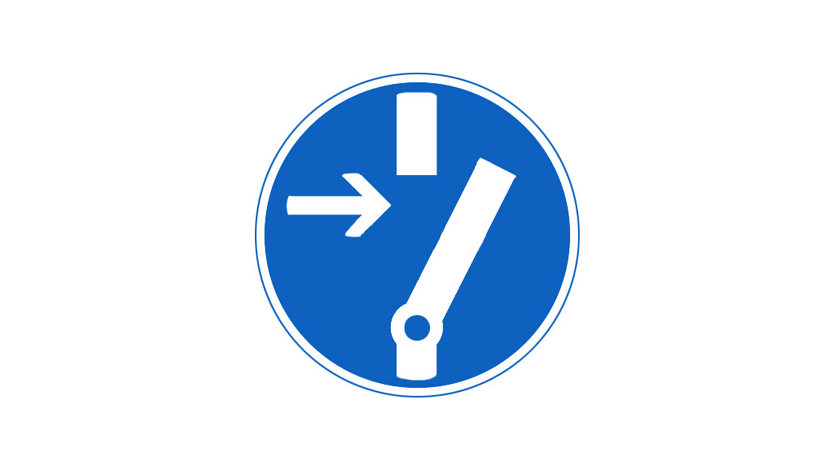
How do you decide whether to use mechanical pressure switches or electronic pressure switches in your application? Each type of pressure switch has individual advantages, but also its limitations. The main differences in functionality between mechanical and electronic pressure switches are the way the applied pressure is used to operate the switch, the type of switch technology, and how the switch point can be adjusted.
Functionality of mechanical pressure switches
A mechanical pressure switch converts the pressure of a fluid into a mechanical movement that actuates the mechanical switch contact in the pressure switch. The switch has either a preset or an individually, mechanically adjustable switch point. Each time the switch is actuated, a mechanical pressure switch sends an electrical switching signal, but does not require a voltage supply.
Ordinarily, mechanical pressure switches are simple devices that are either designed for cost-effective applications or optimised for long-term use, depending on how often the switching signal must be transmitted. The switches are thus designed either for a low application rate (very few switching cycles e.g. in safety applications) or for a high application rate (frequent switching changes e.g. in process control). The hysteresis is usually not adjustable, thus the reset point for switching cannot be configured and is preset by factory setup.
Mechanical pressure switches are often used to switch high currents, such as pumps and drives. However, mechanical contacts often have problems switching the very low voltages in PLCs and modern electronics, unless expensive, gold-plated switch contacts are used.
Functionality of electronic pressure switches
An electronic pressure switch generates electronic switching signals and, very often, also an additional, analogue output signal proportional to the pressure. They are either programmed at the factory to the desired switch points or they feature a programming interface with integrated display and buttons.
Electronic pressure switches have integrated, programmable logic. This enables the switch points and the output signal to be adapted to the application-specific needs. Delay time, switch point, reset switch point, hysteresis or window function, normally closed or normally open, and many more functions can be programmed in modern electronic pressure switches.
The local display of an electronic pressure switch also provides a continuous pressure indication and shows whether the switch outputs are active or not. Last but not least, modern technologies, such as the use of IO-Link, enable programming remotely via signal cables.
Note
Further information on mechanical pressure switches and electronic pressure switches can be found on the WIKA website.
Also read our articles
Mechanical vs electronic pressure switches: Application areas
Mechanical pressure switches: How does one set the switch point?
Pressure switches in booster pumps

